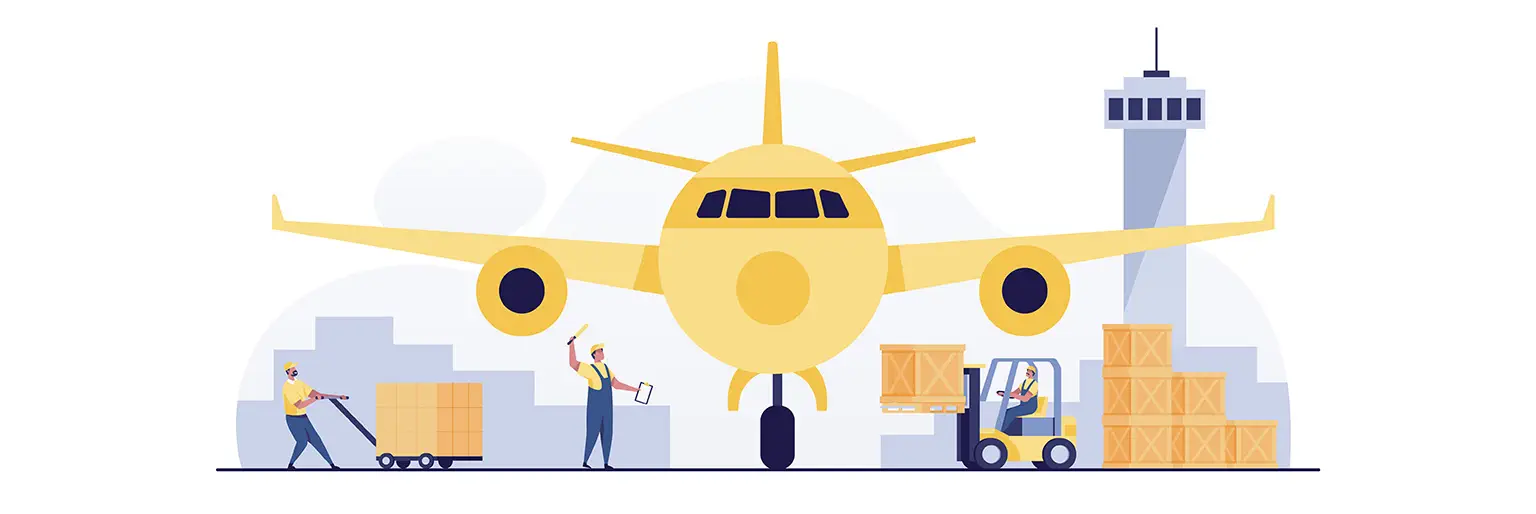
16 Jun Journey towards an integrated airport cargo hub for innovation, efficiency and sustainability
The COVID times got the spotlight on cargo for delivering critical shipments. Cargo growth has proven to be resilient in comparison with passenger traffic. This has been the turning point for most airports to define their cargo strategy. Additionally, air cargo generates significant economic value for the airport’s region/country, enabling local trade and attracting new high-value industries. For these reasons, airports need to consider cargo opportunities and understand their potential.
All major airports worldwide are now striving hard to become Cargo Hubs. A typical air cargo hub can handle over a million tonnes of cargo annually, and their capacity volumes keep soaring year-on-year. These forward-looking airports have one thing in common, i.e., addressing the current trends and setting benchmarks for the future.
The quality of air cargo infrastructure largely varies globally. Airports that effectively manage their cargo investments have created the right environment for cargo operators to maximize their potential. An air cargo hub’s classic information technology structure handles airline functions, such as cargo booking, invoicing, revenue management, etc., which is now done quite well. However, in hub control, the actual physical movement of the shipment must be mapped with the infrastructure and digital systems for tracking, screening, faster delivery and higher predictability.
Continuous Innovation
The key to success for big airports and cargo hubs is their ability to adopt technology quickly and efficiently, resulting in increased cargo volume without the need for geographical expansion. Smaller airports or airports with financial constraints in investing further can benefit from the innovative practices followed by these hubs. For example, Atlanta is an air cargo hub in the USA. Near Atlanta, there are other airports that can leverage this airport’s innovative capabilities.
Efficiency Improvement
As per TIACA’S 2022 INSIGHT Report, continuing to improve efficiencies is equal to accelerating digital transformation. However, the reluctance towards adopting technology is due to heavy financial investment. Improving efficiency at existing cargo hubs with all-around technology adoption is feasible, and smaller airports can leverage the infrastructure to thrive in challenging business environments.
Sustainable Growth
The air cargo industry has made sustainability metrics its highest priority. To achieve this goal, every airport is working on a strategic plan to reduce carbon emissions and transition to paperless trade. However, the concept of an integrated cargo hub will not only ensure process improvements and innovative practices but also empower supporting airports to achieve a reduction in carbon emissions and paperless trade.
An integrated hub possible?
While technology adoption within an airport environment faces a wide range of challenges and reluctance, achieving an integrated cargo hub will be a long-term plan to achieve. Once implemented, this integration will bring significant benefits to the industry.
